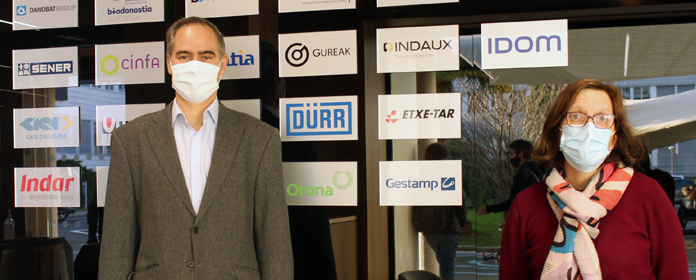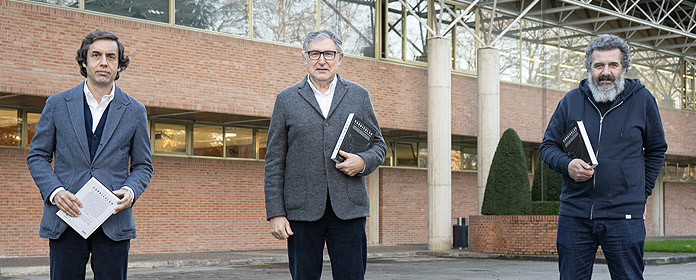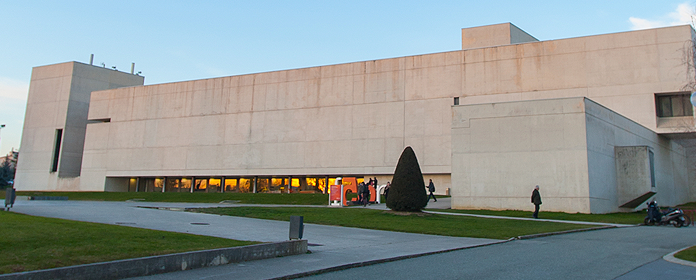University of Navarra professors collaborate in a book on Juan de Palafox
Fermín Labarga, Pilar Latasa, Ignasi Saranyana, Jesús Ricardo Fernández Gracia coordinates Issue with the participation of Fermín Labarga, Pilar Latasa, Ignasi Saranyana, Jesús María Usunáriz and Miguel Zugasti.
University of Navarra professors Fermín Labarga, Pilar Latasa, Ignasi Saranyana, Jesús María Usunáriz and Miguel Zugasti have collaborated with programs of study in the book Varia palafoxiana. Throughout 380 pages, the Issue analyzes the figure of Juan de Palafox from different points of view.
Likewise, Ricardo Fernández Gracia, professor of the School of Philosophy and Letters and director of the Chair of Heritage and Navarrese Art, has coordinated this work for which also signature two programs of study and that has been published by the Government of Navarre.
Other professors and researchers from different universities in Spain, the United Kingdom, the United States and Mexico have also contributed their research. They are John H. Elliott, from the University of Oxford (United Kingdom); Nancy H. Fee, from Columbia University (United States); Montserrat Galí, from the Autonomous University of Puebla (Mexico); and Ildefonso Moriones, postulator general of the Discalced Carmelites in Rome.
The publication of Issue took place after the complete cataloguing of Palafox's private and documentary collection file , which allows for a more accurate profile and knowledge of his figure, and months before his beatification, which is scheduled for May 2011. It also coincided with the closing of lecture series the Palafoxian Fridays that, organized by the University of Navarra in partnership with the Regional Executive and other entities and institutions, was held in Fitero during Fridays in July and August.
Biography of Juan de Palafox
Juan de Palafox y Mendoza, born in the town of Fitero in 1600, was viceroy of New Spain and bishop of Puebla de los Angeles, in Mexico, and later bishop of Burgo de Osma, in Spain. He was born as the natural son of an Aragonese nobleman, the Marquis of Ariza, and his mother was a widow who would later seclude herself in the convent of the Facets of Zaragoza, of which she would become prioress.
After a meeting in Calatayud with the Count-Duke of Olivares, the latter co-opted him to the Court of Philip IV. There he held various positions of responsibility in the advisory bodies of the king, particularly in the committee of the Indies, of which he was a member in 1629, the date on which he was ordained a priest.
In 1639 he left for the Indies, where he had been named bishop of Puebla. In this city he built the cathedral, and later he was named viceroy of New Spain. He was also the founder of the Library Services Palafoxiana and author of a prolific publicistic, pastoral and canonical work. He returned to Spain in 1649 and was a member of the committee of Aragon and bishop of Burgo de Osma until his death in 1959.




